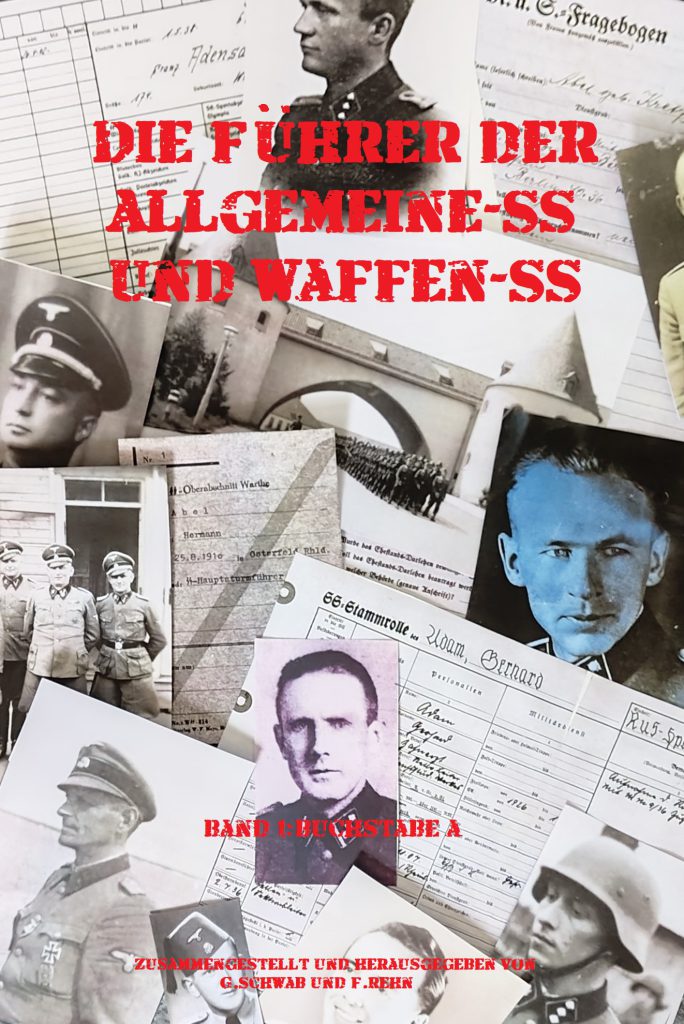Published: 01 December 2012
During the course of the war events led the Kriegsmarine to look for new ways to attack the enemy with the element of surprise. As the war went on the Kriegsmarine’s role became less offensive and more defensive in nature and new weapons were sought that would allow the Kriegsmarine to attack the enemy in quick surprise attacks. These new weapons, collectively termed Kleinkampfmittel (small attack craft), would be wide and varied according to the needs of the particular mission and surprise attack. At first the position of Sonderbeauftragter des Ob.d.M. (under Vizeadmiral Weichold) was created to oversee the development of the Kleinkampfmittel. There was initially no organised command structure in place as the development of the weapons had not yet been completed. The development of an organisation of Kleinkampfmittel had its strongest supporter in Konteradmiral Heye and he was tasked with the development of these weapons. Much of the ideas and experise was actually gained from the Abwehr, especially Abwehrstelle Hamburg, which carried out various naval operations with Marine-Einsatz-Kommandos. In April 1944 the Kommando der Kleinkampfverbände (K.d.K.) was officially set in place as Konteradmiral Heye took of the role of Admiral der Kleinkampfverbände. The Admiral der Kleinkampfverbände (A.d.K.) was directly subordinate to the Ob.d.M.. The Staff quarters of the Admiral lay at Timmendorfer Strand, towards the end of the war it was moved to Kappeln an der Schlei.
Taktische Kommando
For the individual employment areas K-Stäbe were formed as a tactical leadership in several theatres. At the beginning of 1945 K-Divisionen replaced K-Stäbe in Holland (4. and 5. K-Divisionen) and parts of Norway (1. and 3. K-Divisionen). The K-Divisionen were also tasked with the control of all matters regarding military service (K-Stäbe only had tactical command) but this did not take effect in many areas. Initially the K-Divisionen were to oversee all Kleinkampfmittel in the divisional area. Accordingly an Operational Leader was detached to the Staff of the K-Divisionen. This operational plan was modified in Holland as the 5. K-Divisionen only controlled the Seehunde (midget submarines) all other Kleinkampfmittel were assigned to the 4. K-Division. The command structure was flawed greatly as, at times, Flottillenchefs had the same or equal rank as their tactically superior officers.
Regimentur
Abteilungen
- Marine-Einstellungsabteilung
- Aufstellungs-und Ausbildungsabteilung
- Ausbildungsabteilung
- MEK-Ausbildungsabteilung
- Bereitstellungsabteilung
Kleinkampfmittel


